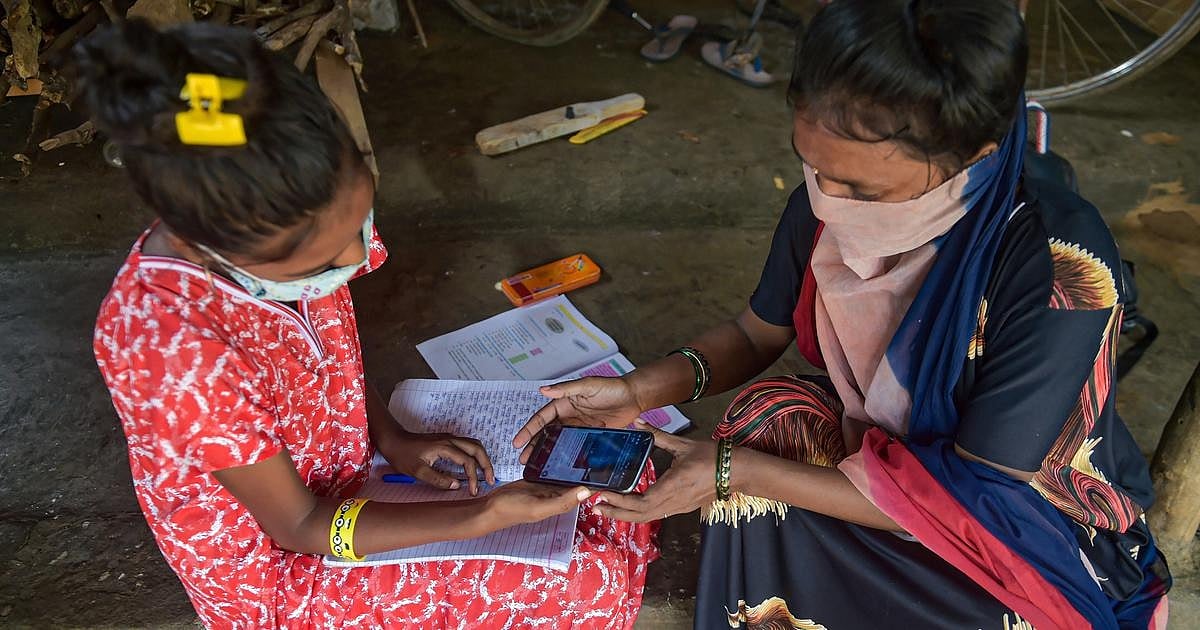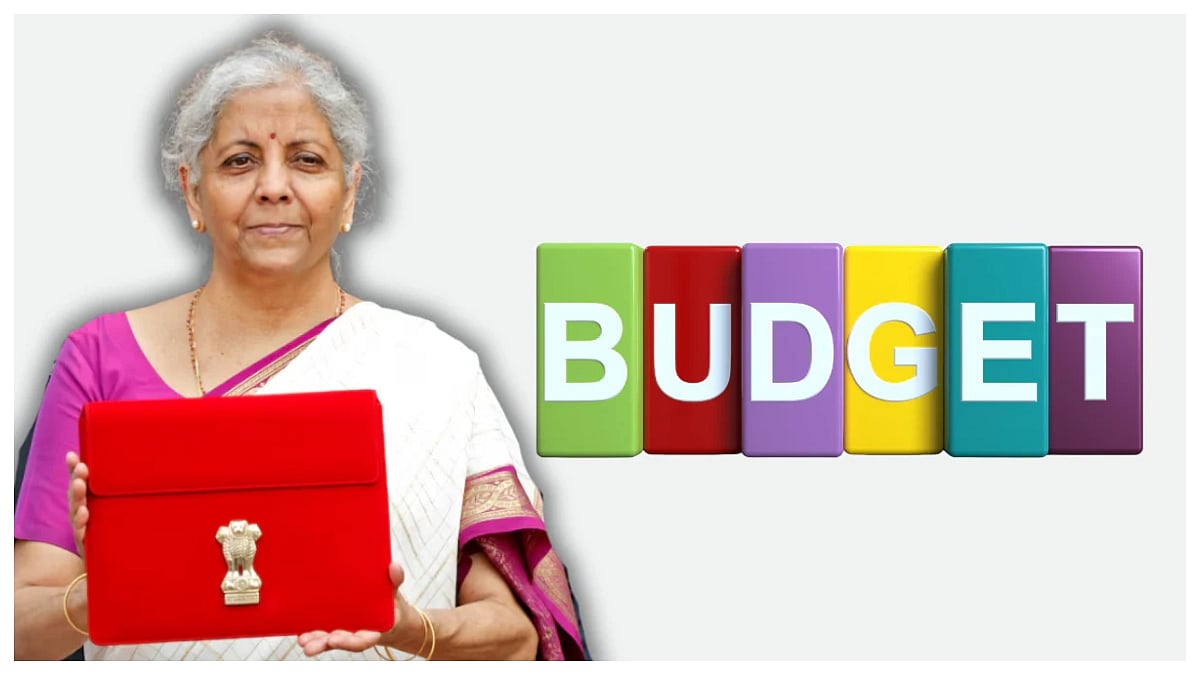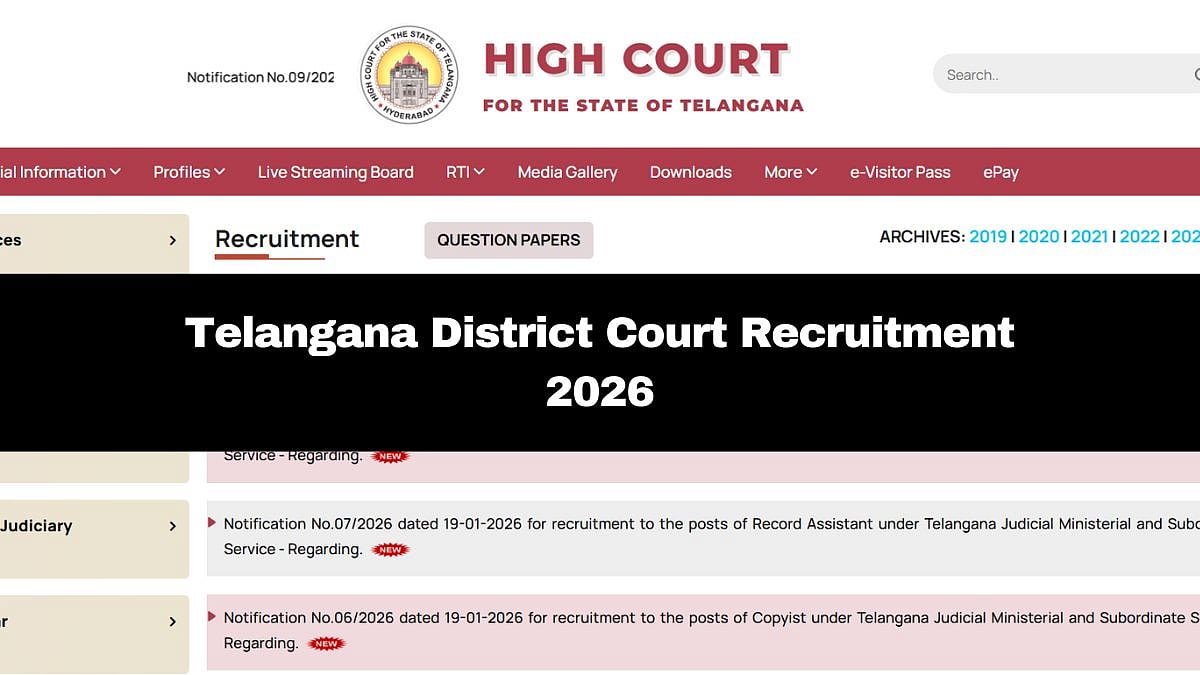The Covid-19 pandemic has forced massive changes on virtually every sphere of human activity. Education has been no exception to this. As educational institutions complete seven months of shutdown, much has been made of the massive switch to virtual learning that the enforced lockdowns brought about. The valuation of ed-tech companies has soared through the roof, as demand for digital learning assistance surged. But the digital pivot also appears to have worsened inequality and deepened both the rich-poor and the urban-rural divide.
The 2020 edition of the Annual Survey of Education Report brought out by the NGO Pratham highlights this in stark relief. Based on a telephonic survey covering 60,000 households and nearly 9,000 teachers across 26 states and four Union Territories, the findings clearly show that while governments at all levels, from the Centre to local, were grappling with the physical challenges of controlling the pandemic, the cause of education has fallen through the cracks, particularly for younger learners in the 6-14 years age group in rural areas. The survey findings make for disquieting reading. Almost a third of the children surveyed had not been part of any learning activity in the week prior to the survey week (the survey took place in September 2020). Only one in three students had received some form of learning material from their school or teachers in the preceding week. In fact, a majority of the respondents said they did not receive any material at all from their schools after the lockdown. The majority of the learning activity provided was through the messaging platform WhatsApp.
However, this leads to a bigger problem – online access. Only 15 per cent of rural households had access to the internet. The switch to digital learning has forced the poor to divert a disproportionate share of resources to ensuring that their wards had a device to access this online learning. About 11 per cent of all families reported buying a new phone since the lockdown began,of which more than 80 per cent were smartphones. However,43.6 per cent of rural households had no smartphone, while another 43.6 per cent had only one smartphone, often with the principal wage-earner and not the child. Therefore, poorer children in general, and rural children in particular, effectively had no access to education, thanks to both economic and technological barriers.
This is also reflected in the reduced enrolment numbers. While the overall percentage of children not enrolled in school rose from four per cent in 2018 to 5.5 per cent in 2020, the percentage of children not enrolled in school has nearly trebled in the youngest age cohort of 6-10 years. Unless a concerted effort is made to reach out to these households and get these children enrolled in a formal learning programme once the schools reopen, this could result in a “lost generation” of non-learners.
The pandemic has forced a greater number of people to rely more on the government than ever before. From livelihood support to the supply of basic necessities like food to healthcare services, citizens have been forced to rely more than ever before on services provided by the state, as private infrastructure either collapsed due to the lockdown-induced demand destruction, or became priced out of reach of the bulk of the poor. Education too is no different, with the proportion of boys enrolled in government schools rising from 62.8 per cent in 2018 to 66.4 per cent in 2020 according to the report, while the proportion of girls enrolled in government schools rose from 70 to 73 per cent.
But this greater dependence has also exposed the lack of quality of the educational services provided by the government, which has worked to deepen both, the urban-rural, as well as the rich-poor divide. While education is considered one of the basic deliverables of any government, India has been notoriously stingy in investing in the sector. In the Budget for 2020-21, Finance Minister Nirmala Sitharaman allocated a mere Rs 99,000 crore towards education, which is just 3.4 per cent of the projected Budget expenditure. This measly proportion has been dropping over the years – it was 4.14 per cent in 2015-16, a little over 4 per cent of the GDP. More than half a century after the Kothari Commission recommended that the country spend 6 per cent of the GDP on education, India is yet to reach close to that figure.
This makes a mockery of India’s vaunted “demographic dividend”. The millions of youth joining the workforce are doing so without the learning or skills needed to take advantage of the opportunities presented by a growing economy. The pandemic should serve as a wake-up call to our policymakers, to not only strengthen the government education infrastructure but work to ensure genuine and quality access – including bridging the digital divide – so that every child is equipped with the basic skills necessary to become a productive member of the economy.









